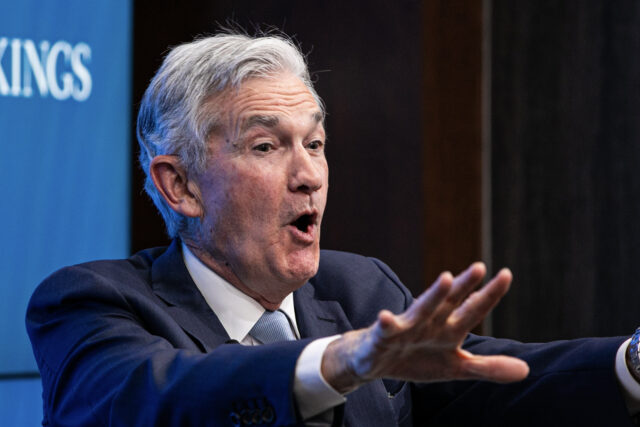A key measure of prices of goods and services sold by U.S. businesses showed inflation accelerated again in November.
The producer price index rose 0.3 percent in November from October, the Labor Department said Friday. The producer price indexes for September and October were revised up from 0.2 percent to 0.3 percent, indicating inflation was already running hotter than previously thought.
Forecasters had expected prices to rise by 0.2 percent, matching the preliminary reported rate in the previous two months.
Over the past 12 months, the producer price index is up 7.4 percent, higher than the 7.2 percent forecast by analysts surveyed by Econoday.
Core producer prices, a metric which excludes food and energy, rose 0.4 percent for the month, twice the consensus forecast. The prior month’s figure, which showed core prices flat, was revised up to a 0.1 percent rise. On a 12-month basis, core producer prices are up 6.2 percent, which compares to expectations for a 5.9 percent increase.
So-called core-core prices, which also exclude trade services, rose 0.3 percent for the month and 4.9 percent from a year ago. Economists had forecast a 0.2 percent rise. Trade services measure the mark-ups of retailers and wholesalers rather than prices in an attempt to see what merchants are paid for the services of things like arranging sales, showrooms, and store displays.
Food inflation really heated up. The producer price index for food rose a nose-bleeding 3.3 percent in November, led by a 38.1 percent increase in the prices of fresh and dry vegetables. Energy prices offset this by falling 3.3 percent, including a six percent decline in the price of gasoline. The index for goods excluding food and energy rose 0.3 percent. The total goods index was up 0.1 percent.
Services prices rose 0.4 percent, the fastest rate of services price increases since August. Trade services jumped 0.7 percent. Transportation and warehousing services fell 0.9 percent after rising 0.4 percent in the prior month. The Department of Labor said that about one-third of the November services prices can be traced to prices for securities brokerage, dealing, investment advice, and related services, which jumped 11.3 percent as the stock market rallied.

COMMENTS
Please let us know if you're having issues with commenting.